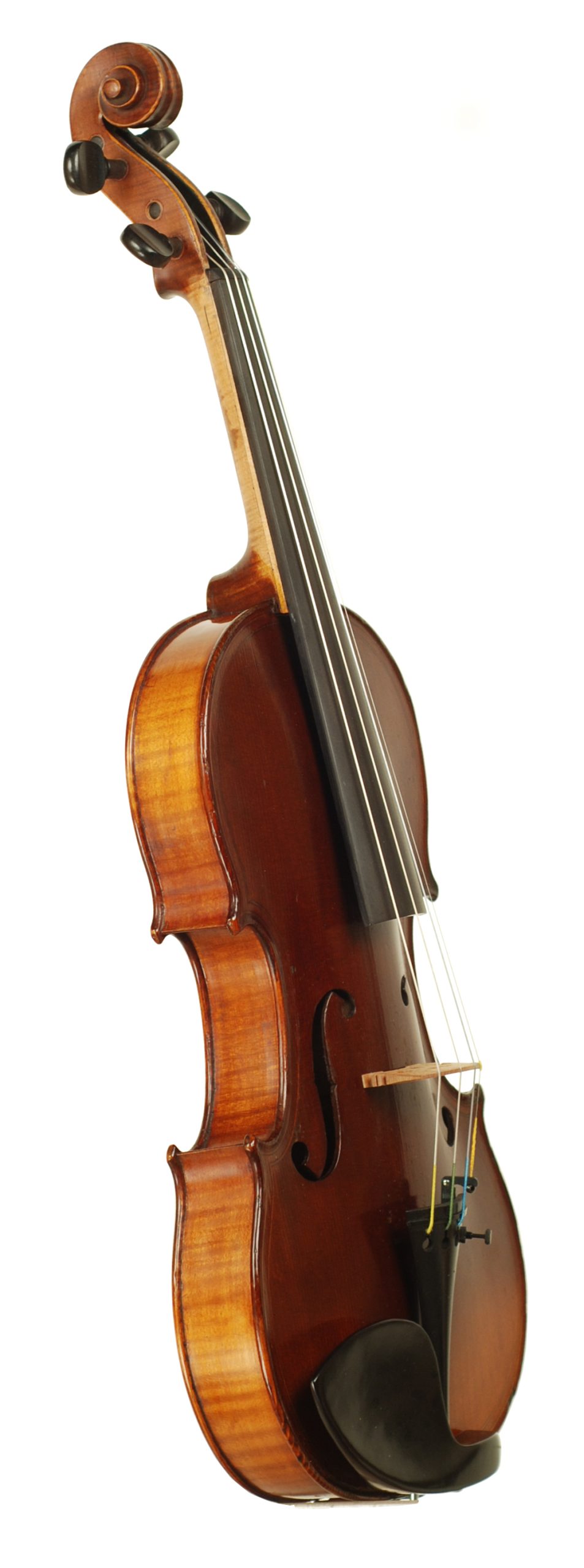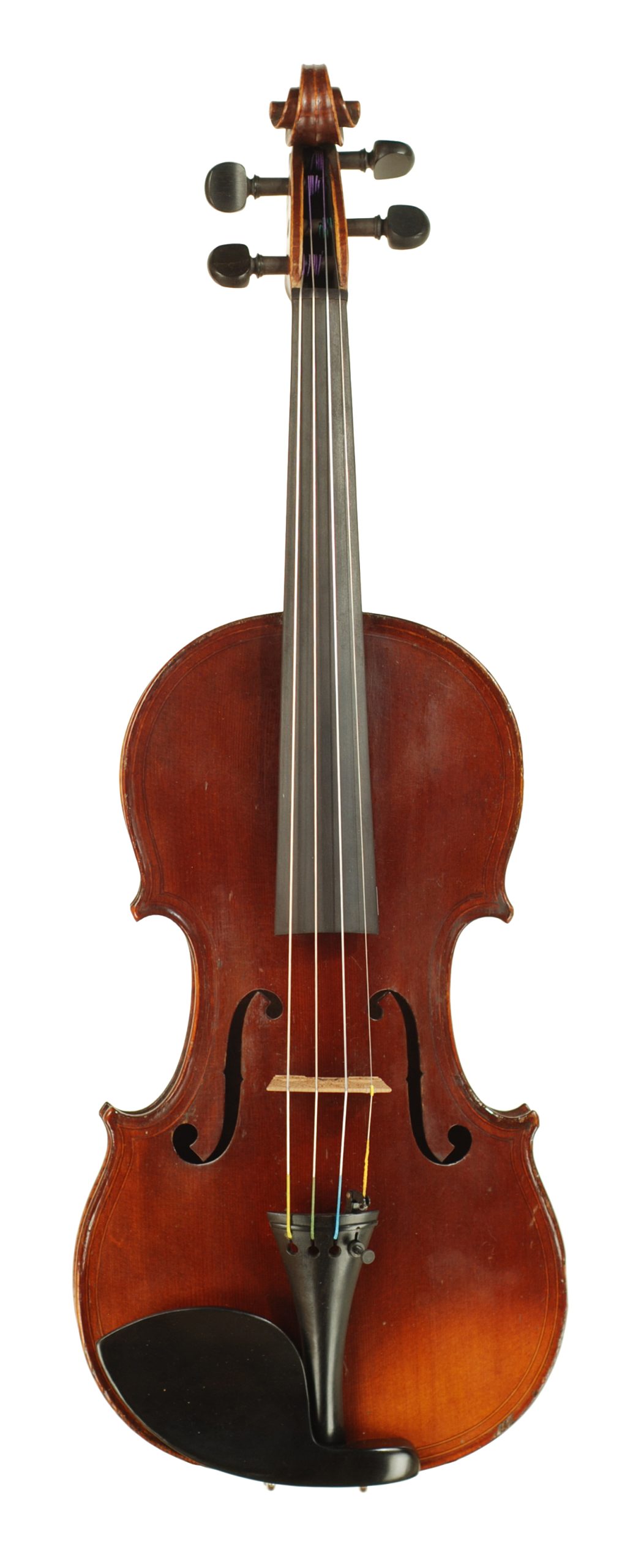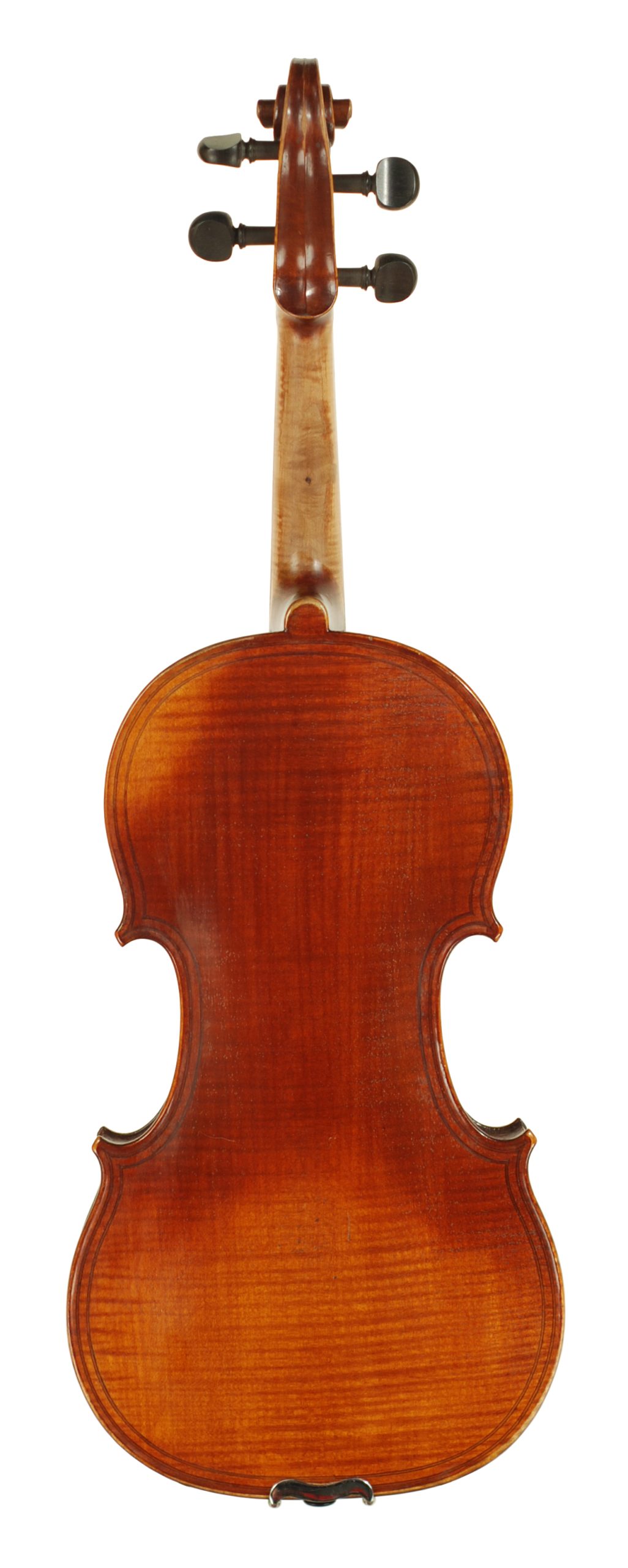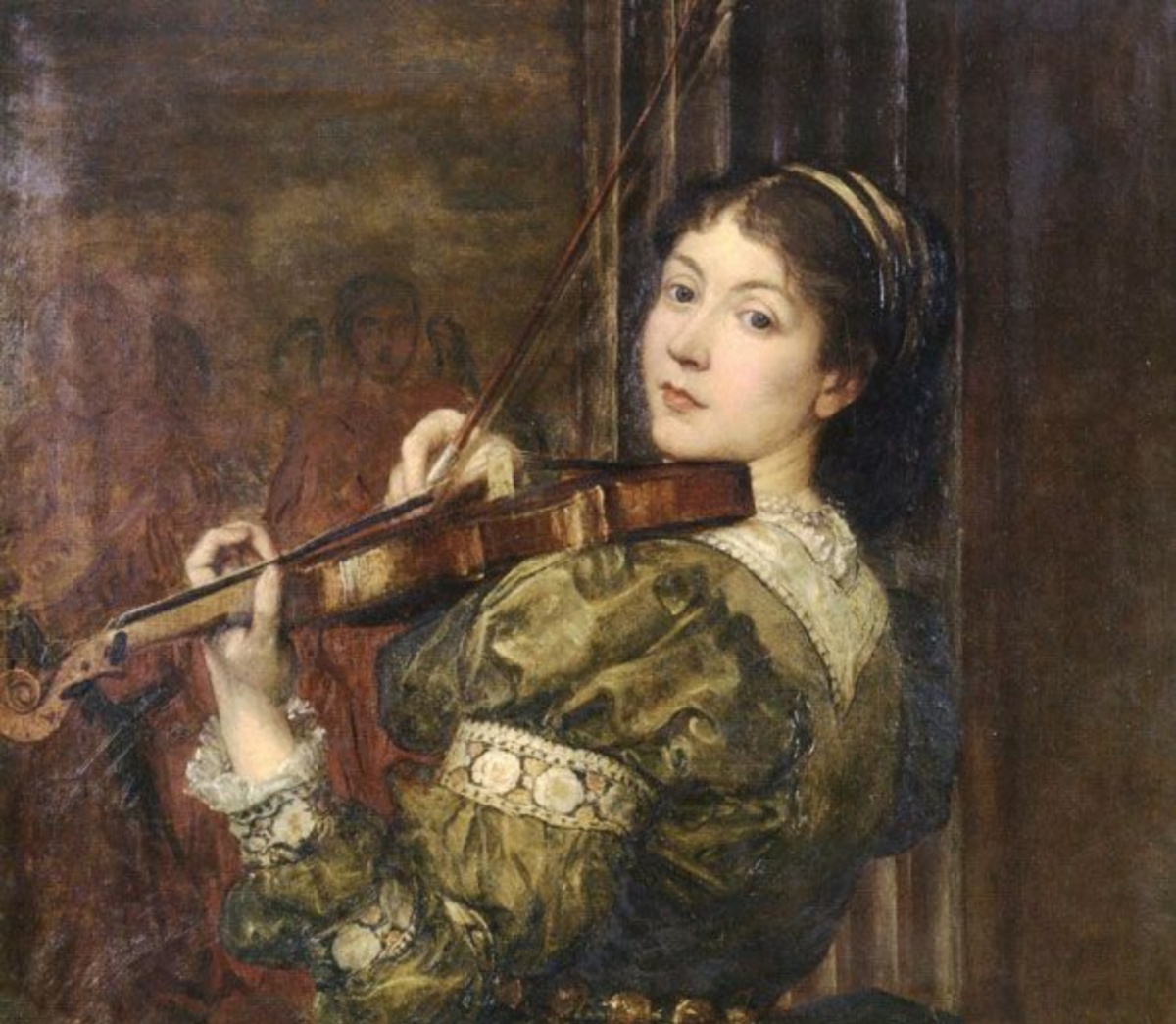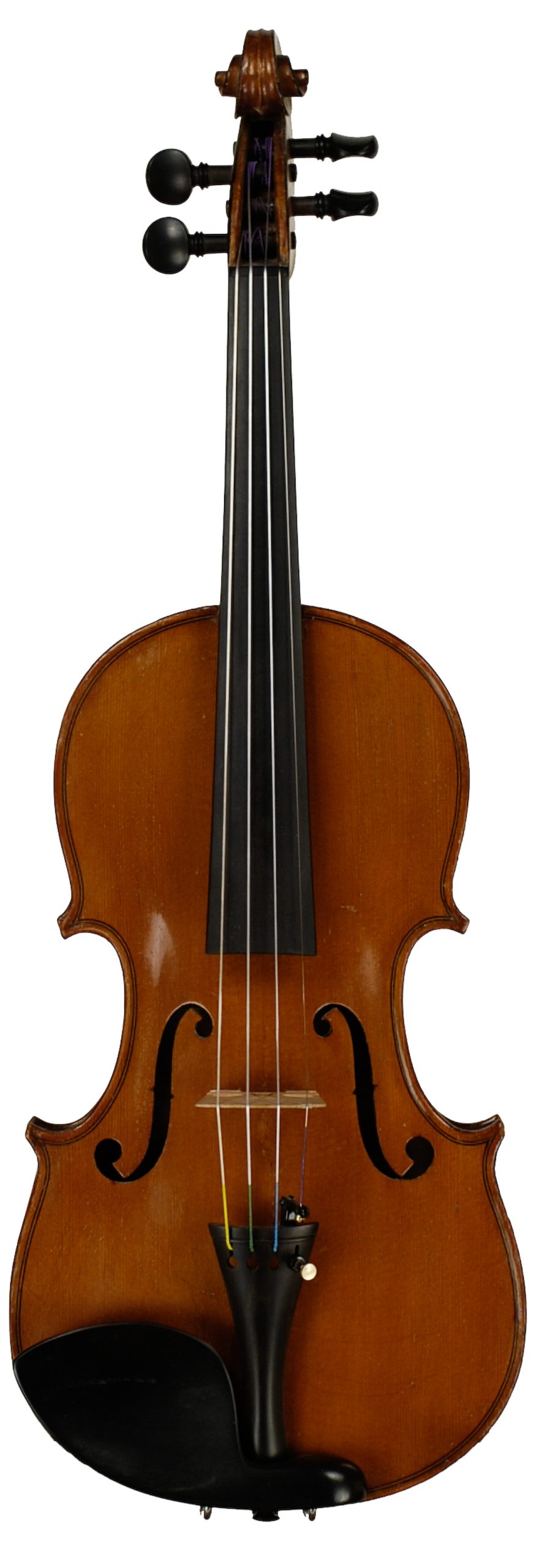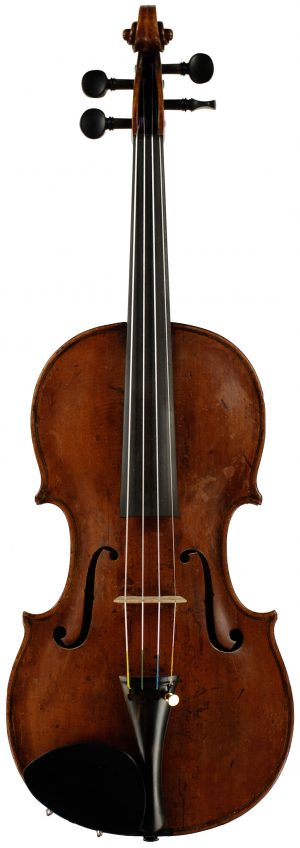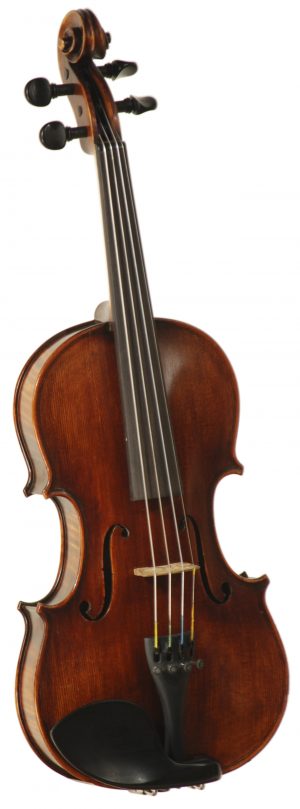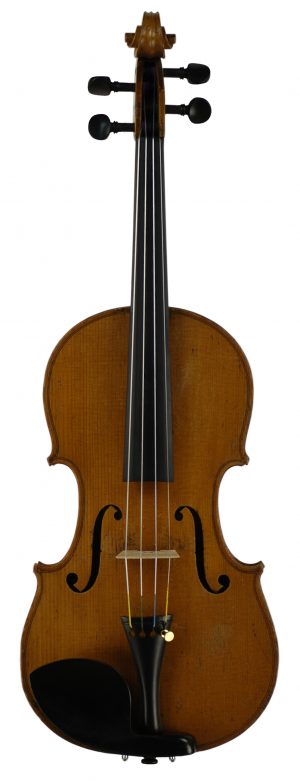French Pre-JTL Trade Violin circa 1860-1870
$5,800.00
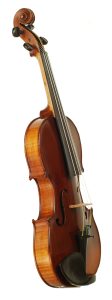
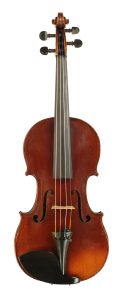
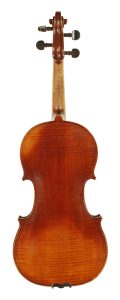
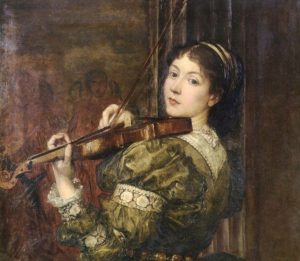
click picture to enlarge
In the Vosges mountains of France a small town, Mirecourt, emerged in the early 1700’s to become the center of French violin making. It reached global standing towards the middle of the 18th century for its violin work. The town also made a name for itself in the production of fine lace. The craftsmanship of instruments in Mirecourt rose beginning in 1732 as makers followed the strict rules of their newly formed guild that upheld high standards. The guild insisted on high quality, and they got it. Shops flourished for two-hundred-twenty years until the middle of the 20th century. One of these major manufacturers was the J. T. L. firm (Jérôme Thibouville-Lamy), a huge instrument workshop in terms of output and the number of makers and the Laberte and Couesnon workshops. French lutherie flourished during those times and many apprentices got their start with small shops in Mirecourt. Our violin came before these great workshops transpired. The modeling and the hand work are different, slightly more arched, and well thought out. The violin was not made in a factory setting. This violin was made by a single individual, with much handwork and not a rush to complete. As demand for violins grew in the later quarter of the 19th century, a piecework approach to making instruments was developing. Our violin was made just before the rise of the factory setting in Mirecourt.
I have completely gone over the violin, spending many hours on this lightweight gem. I have done a new set up on the instrument: cut a new bridge, soundpost, tail, chinrest, and pegs. The violin is in very good condition. The top plate is two pieces of medium-width grained spruce. The maple back is one-piece with medium width flame. The back is lovely and so too are the matching ribs, neck, and scroll. The violin does show the appropriate patina and signs of natural playing wear that a 150-year-old violin should have. The arching in both plates rises slightly more than the typical French violins I have worked on. Still, it is consistent, and the violin is double purfuled on the top and the back plates; yes, very cool. The oil varnish is a deep red/brown on a golden orange/amber ground. I love the construction of the violin, the modeling, the knife work to inlay the purfling, the knife and chisel work to construct the upper and lower bouts, and the knife work used to complete the chamfers of the scroll. The scroll is typical French with intentional chamfers, jutting volutes, and a nice rounded to egg shape conclusion.
Corpus 357.0 mm., Major Width 205.0 mm., Minor Width 168.0 mm., Rib Height 30.0 mm., Vibrating String Length 326.0 mm.
This lightweight violin puts out a tone that is mature in color with a lean to sweetness on the E and A strings. The sound is responsive and a pleasure to listen to. The overtones are evident, and I can feel the violin pumping as I play. The violin has an ample amount of power, and the violin is very responsive. I give this instrument a lean to a darker side of sound. No, it is not a viola. It will take just a few measures of playing to fall in love with the sound. If you’re a lady looking to get this instrument you may need to go shopping for an elegant dress, new heels for concerts, and of course accessorize like my daughters used to do. All handwork, older workmanship, beautiful oil varnish with patina, the complete package for a player looking to jump into another level of an instrument.
